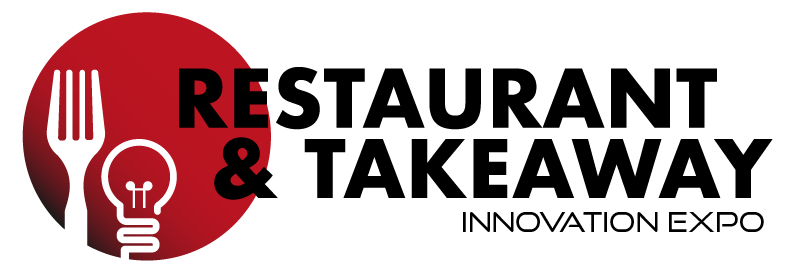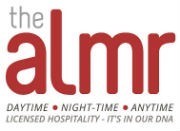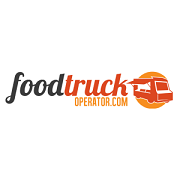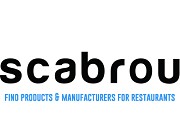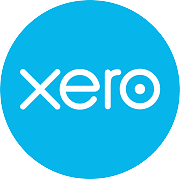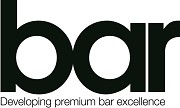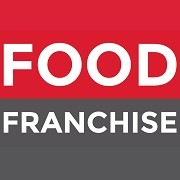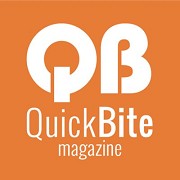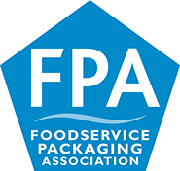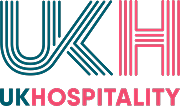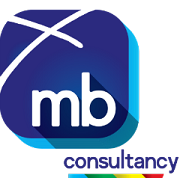10 steps to starting your own dark kitchen
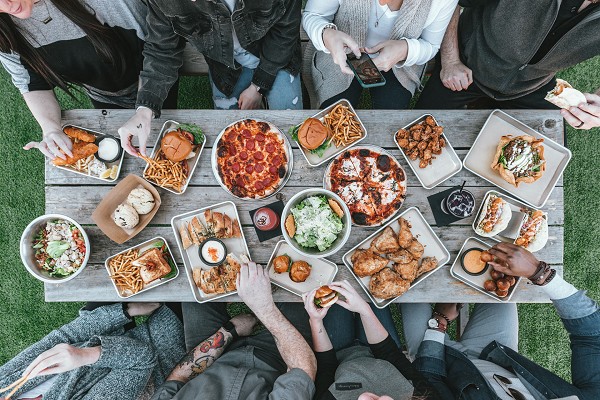



For anyone thinking about starting a dark kitchen, the first thing to do is take a look at the pros and cons of the dark kitchens and read up on the fundamentals.
Then it’s time to look at the data and choose your dark kitchen business model. You need to find the right ghost kitchen business model for your business. This will depend on the type of kitchen you want to run.
It could be a shared kitchen that houses multiple third-party brands, or a dedicated production kitchen out of which you run one or more virtual restaurants.
Whichever way you choose to utilize the concept, here are the ten fundamental steps to get started.
#1 Choose your location
One of the biggest benefits of the dark kitchen model is that you don’t have to pay top-dollar for prime high-street real estate. You can look at the raw search and ordering data from delivery apps and search engines and choose a location to best suit the demand.
This often means a cheaper out-of-town spot where you can get more space for your money. As long as there are enough hungry residents nearby, you are good.
Consider the physical limitations and benefits of your chosen location:
Does it have parking and access for meal delivery drivers?
Is there enough room for larger trucks and vans for incoming stock deliveries?
Are the utilities adequate? You may need a higher volume of electricity and water capacity in a busy commercial kitchen.
Is there enough space for the equipment you need? Will that pizza oven fit through the door!?
Do you need to modify the building to meet safety requirements? For example, to add ventilation ducts or fire escapes.
If you are housing multiple independent brands, are there enough food businesses in the area to fill your kitchen with tenants?
This is a lot to consider. But once you decide on your physical location, you can start to put flesh on the bones of your concept.
#2 Find your unique angle or niche
The next step is to find your unique selling point. You’re already aware of the demand in the area so now you can look for gaps in the market.
Either do something totally new or take something popular and do it better. Perhaps you can find innovation in a fusion of different cuisines, or take a popular product and put a new spin on it.
Who would have thought a croissant-doughnut hybrid would capture the world’s imagination? Yet the Cronut was a viral sensation.
If your business model involves multiple concepts, you can create several virtual restaurant brands to capture a bigger slice of the market. It’s important to find the right mix of brands to satisfy customer demand while keeping operations efficient.
#3 Plan your dark kitchen design and layout
Your design and layout will be determined by your choice of cuisine and business model. The advantage of a dark kitchen is that you can optimize the layout just for delivery orders. You don’t give over most of your space to the dining room, bar, and serving stations.
You can have orders coming straight into the kitchen with a super-efficient production line leading to an order packing and driver pick-up area.
You don’t have to worry about the decor or deal with guest toilets. But don’t forget to look after your staff with a break-out area and other comforts to keep them happy!
Check out our previous guide for a more in-depth look at kitchen design and optimization for delivery.
#4 Food safety and other paperwork
The less glamorous side of ghost kitchens is the part that could really come back to haunt you.
You will need a health inspection before you can operate. You’ll need to document safe procedures for storage, food prep and cooking, and provide workflows. Then there’s other paperwork around ridge temperature monitoring, pest control, and much more besides.
ServSafe certification is the standard recognized in the US. But check out the rules and regulations in your area for the exact details.
If you’re planning on running a kitchen to house multiple tenants or businesses, remember that you alone are responsible for food safety. The buck stops with the kitchen owner, so don’t expect the delivery partners or even the virtual restaurants cooking the food to take responsibility if there is a food safety issue.
#5 Choose your delivery partners or go solo
The debate between using third-party delivery providers or in-house delivery rages on in the restaurant business.
Taking delivery in-house means taking control of the entire process end-to-end but involves managing an entirely different operation.
Third-party delivery platforms are easy to set up and offer access to a wider customer base. But they take a commission on each order and you rely on their drivers for your final customer interaction.
One of the biggest advantages of the delivery platforms though is the reliability and ability to cope with large volumes of orders at peak times. Both in terms of accepting orders and having the driver numbers to cope with delivering them on time.
If you plan on making a good profit out of your ghost kitchen, it may be necessary to use multiple delivery partners to cope with the busiest periods.
#6 Staffing your dark kitchen
Staffing is one of the biggest costs and headaches for restaurant operators. One of the benefits of the cloud kitchen model is the saving on labor costs compared to a traditional restaurant with a dining room and table service. But staffing your kitchen is still a major cost. Getting it right from the start is a big plus.
Because you don’t need front-of-house staff, you can deploy people in other areas to focus on consistency, efficiency, and quality. Apart from a solid kitchen team running like clockwork, you may consider a production supervisor or a staff member focused on quality control.
In any case, taking the time to write detailed job descriptions, thoroughly vet and interview candidates, and provide good benefits and treatment to keep them happy is the key to finding – and keeping – a reliable team.
#7 Optimize your menu for delivery
The look and content of the menu is one of the biggest decision factors for customers comparing different restaurants online.
It should be simple, enticing, and optimized for delivery. This means streamlining your menu to only include items that travel well. And looking at the data to see which items are the most popular, profitable, and efficient to produce.
It’s unlikely all your dishes will tick all three boxes, but you need to know the numbers before you can make informed decisions. Once you know which dishes perform best, you can optimize your production line to work in harmony with your menu. And include a mix of popular, profitable, and efficient dishes. Then monitor the data going forward and constantly adjust your pricing and dishes for maximum profitability and efficiency.
Check out our previous post, for more on how to optimize your delivery offering.
#8 Get on board with the latest technology
Dark kitchens, more than any other type of restaurant, are driven by technology. From the ordering platforms to the POS, to the kitchen display system and delivery tech. Just as you need an efficient physical workflow through the kitchen, your tech stack also needs efficient data flow.
That means all your systems need to be able to communicate well and feedback accurate data for you to analyze. The specific combination of tech solutions you use will depend on your business, but you want a future-proof platform that integrates well in order to have streamlined data flow and the opportunity to add new tech solutions as they emerge.
aggregates orders from all the major delivery platforms and provides you with all the tools you need to efficiently manage orders from one dashboard. Deliverect is the master of APIs and seamlessly integrates with all the major POS providers and restaurant management solutions to give you one seamless kitchen management platform.
#9 Optimize for efficiency
Once your cloud kitchen is up and running, it starts to get really interesting. You go from theory to reality and you can really see how well your layout and tech decisions are working.
This is where having a solid tech platform is key. You can now analyze the data at every stage of order processing and production, to streamline operations and optimize your offerings.
There are opportunities to optimize in every area of the business, including:
Efficient order management to maximize order volume
Streamlining order flow through the kitchen
Optimizing your menu pricing and dish choices
Automating back of house tasks like procurement and temperature monitoring
Standardizing recipe data to improve margins and reduce food waste
Managing inventory more effectively to minimize spoilage
For more tips on optimizing your ghost kitchen, check out our partner post with restaurant management platform Apicbase.
#10 Marketing your ghost kitchen
Without the physical storefront and footfall of a traditional restaurant, you might wonder how to build a community of loyal customers around a virtual restaurant. The answer is you have to build the community online.
That means setting up a strong online presence, both on your own website, on delivery platforms, and on review sites and social media.
If you have the resources, it’s a good idea to be as active as possible online:
Be active on as many social media platforms as you can – Facebook, Instagram, LinkedIn, Twitter, TikTok – starting conversations, interacting with customers to build a community of engaged users
Actively monitor and respond to online reviews – both positive and negative
Encourage customer referrals
Use loyalty programs and email marketing to foster repeat business
It sounds daunting but if you take control of your digital marketing, you’ll be steps ahead of the competition from the get-go.
For more on marketing your dark kitchen online, read our ten steps to success.
Set yourself up for success with a solid foundation
The dark kitchen is the physical manifestation of the digital restaurant. As such, the latest tech should be built right into the brickwork of your kitchen, from how you take orders, to your kitchen display system, to the way you interact with delivery drivers.
A dark kitchen offers the perfect opportunity for data-driven success. It allows you to keep evolving as the technology continues to drive the industry forward. But only if you build your tech stack on solid foundations.
Deliverect specializes in operational efficiency for delivery-focused brands. Find out more about building your strong dark kitchen foundations around Deliverect’s order management tools.





